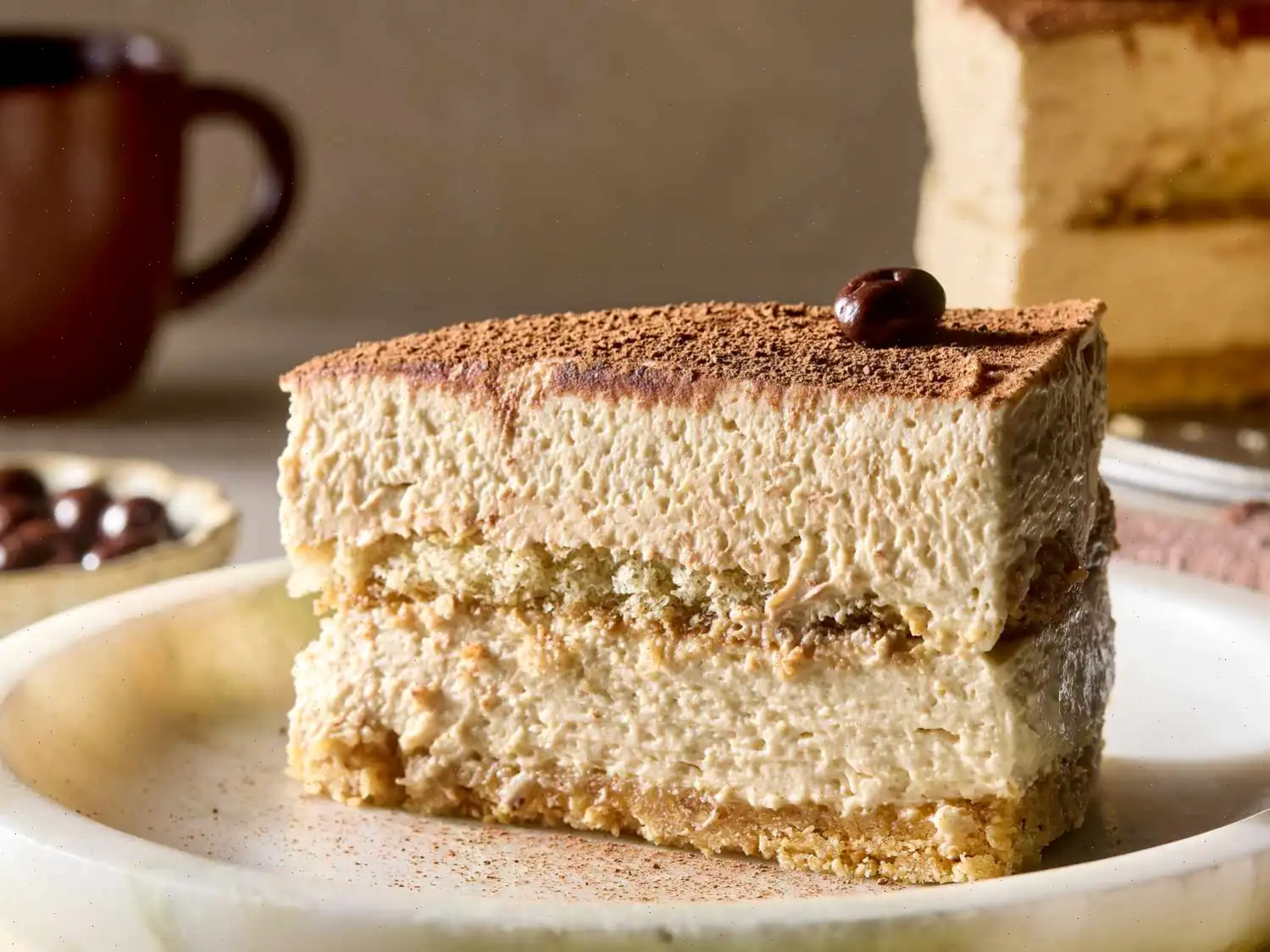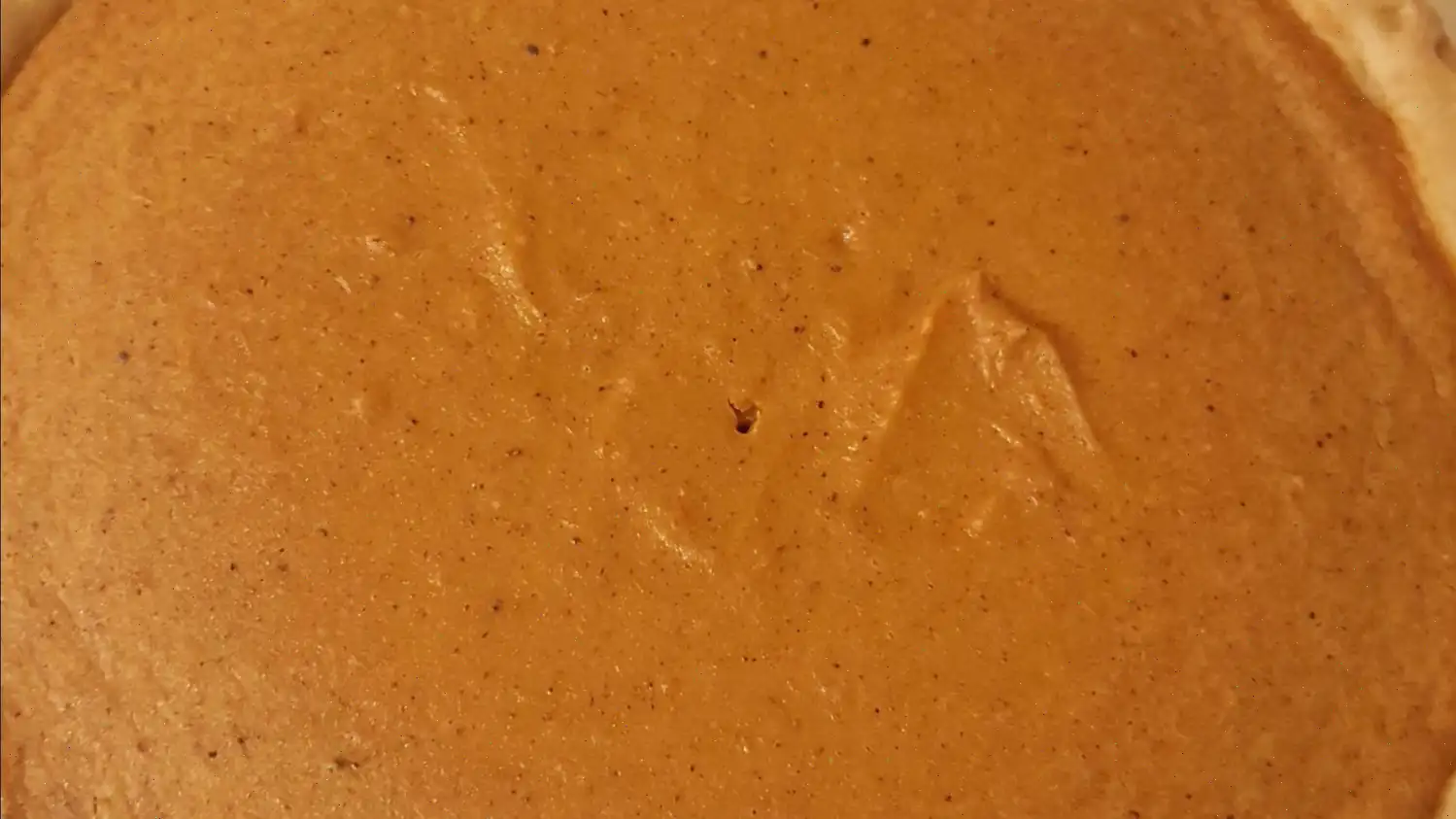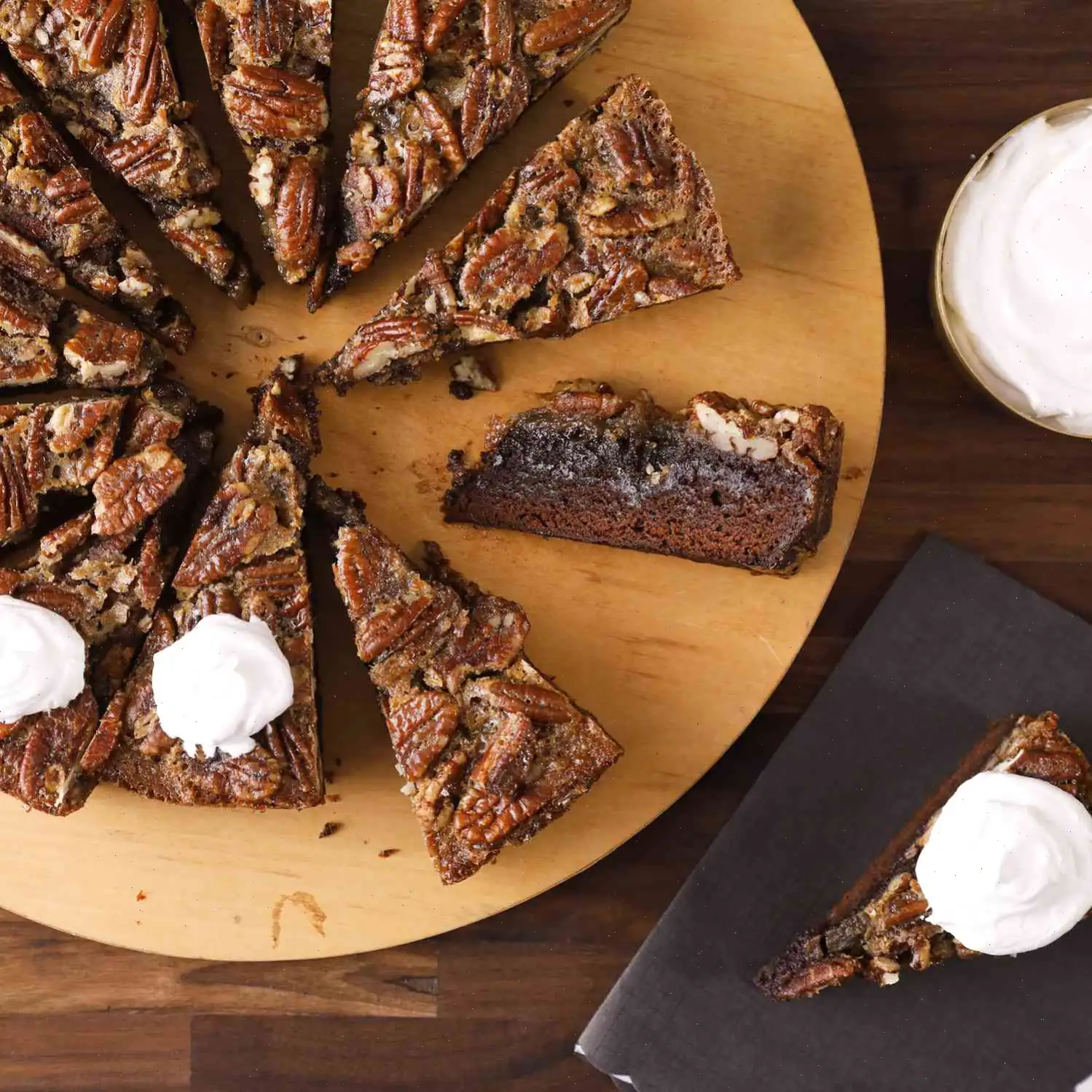
Plum Almond Upside Down Cake Recipe
Ingredients
Original recipe (1X) yields 12 servings
Browned Butter
- 1/2 cup unsalted butter
Topping
- 5 tablespoons unsalted butter
- 1/2 cup firmly packed light brown sugar
- 1/4 teaspoon ground cinnamon
- 1/8 teaspoon ground nutmeg
- 3 to 4 Italian plums, pitted and thinly sliced
Cake Batter
- 1/4 cup white sugar
- 3/4 teaspoon salt
- 1/2 teaspoon ground cinnamon
- 1/4 teaspoon ground nutmeg
- 1 1/2 cups superfine blanched almond flour
- 3 large eggs
- 1 tablespoon freshly squeezed lemon juice
- 1 teaspoon almond extract, or to taste
- 1 teaspoon vanilla extract
- 6 tablespoons all-purpose flour
- 3/4 teaspoons baking powder
Directions
Step 1: Preheat the oven to 350F (175C). Generously butter a 9-inch round cake pan and line the bottom with parchment paper.
Step 2: Place 1/2 cup butter in a light-colored saucepan over medium-low heat. Cook, stirring constantly, until the butter turns golden brown, which will take 5 to 7 minutes. Once browned, pour the butter into a large mixing bowl and let it cool for at least 10 minutes.
Step 3: For the topping, add 5 tablespoons of butter to the same saucepan used for the browned butter. Let the residual heat melt the butter (or you can melt it over very low heat). Once melted, pour the butter into the prepared cake pan and sprinkle with brown sugar, cinnamon, and nutmeg. Gently mix the ingredients in the pan, then spread them into an even layer.
Step 4: Arrange the sliced plums over the butter-sugar mixture in a circular pattern, pressing them gently but firmly into the mixture until the bottom of the pan is evenly covered. Set this aside.
Step 5: In the bowl with the browned butter, add brown sugar, white sugar, salt, cinnamon, and nutmeg. Mix well to combine. Stir in the almond flour until incorporated; the mixture will have a grainy texture.
Step 6: Add the eggs one at a time, beating well after each addition with an electric mixer. Once all eggs are added, beat the mixture on medium-high speed for 3 minutes, until light and fluffy. Add the lemon juice, vanilla extract, and almond extract, and mix again to combine.
Step 7: Reduce the mixer speed and stir in the flour and baking powder until just combined. Do not overmix.
Step 8: Pour the cake batter over the plums, spreading it gently into an even layer. Place the pan in the preheated oven and bake for 45 to 55 minutes, or until the cake is evenly browned and the center springs back when lightly touched.
Step 9: Once baked, let the cake cool in the pan for 10 minutes. Then invert it onto a serving platter. Gently peel off the parchment paper and allow the cake to cool completely before serving.
Nutrition Facts (per serving)
- Calories: 353
- Fat: 21g (27% Daily Value)
- Saturated Fat: 9g (44% Daily Value)
- Cholesterol: 80mg (27% Daily Value)
- Sodium: 188mg (8% Daily Value)
- Total Carbohydrate: 39g (14% Daily Value)
- Dietary Fiber: 4g (13% Daily Value)
- Total Sugars: 30g
- Protein: 6g (12% Daily Value)
- Vitamin C: 28mg (32% Daily Value)
- Calcium: 92mg (7% Daily Value)
- Iron: 1mg (7% Daily Value)
- Potassium: 342mg (7% Daily Value)
* Percent Daily Values are based on a 2,000 calorie diet. Your daily values may be higher or lower depending on your calorie needs. Nutrient information is based on available data for most ingredients.
The Story Behind Plum Almond Upside Down Cake
The Plum Almond Upside Down Cake, a delightful variation of the classic upside-down cake, has its roots in European culinary traditions, particularly in French and German baking. The concept of placing fruit at the bottom of a cake pan, then inverting it after baking, dates back to the 1920s in the United States, where pineapple upside-down cakes gained popularity. The combination of plums and almonds adds a European twist, highlighting the use of seasonal stone fruits and nut-based flours that were staples in Central European kitchens. This cake represents a fusion of old-world techniques with modern American dessert creativity.
Regional Variations
Regional differences in plum almond cakes are most noticeable in Europe. In France, similar cakes often incorporate almond paste or frangipane between layers, creating a richer texture. In Germany, plum cakes are traditionally less sweet and sometimes include a light streusel topping. In the U.S., bakers favor a buttery caramel layer with spiced plums, giving the cake a sweet, aromatic profile. The use of Italian plums in this recipe is particularly popular in Mediterranean regions, as these fruits are prized for their balance of tartness and sweetness.
How It Differs From Similar Cakes
Unlike standard upside-down cakes that typically use pineapple or apple, this cake emphasizes the subtle tartness of plums, which pairs exquisitely with almond flour. The addition of browned butter and almond extract distinguishes it further, providing a nutty, toasted depth not found in typical fruit-topped cakes. Unlike a tart or a galette, which may have a pastry base, this cake is fully soft, moist, and enriched with eggs, giving it a fluffy crumb that contrasts beautifully with the caramelized fruit topping.
Serving Occasions
Plum Almond Upside Down Cake is commonly served as a dessert at family gatherings, afternoon teas, or holiday celebrations. Its visually striking top layer of plums makes it ideal for festive occasions. It is also popular in cafs and bakeries as a seasonal treat, especially during late summer and early autumn when plums are at their peak. Often, it is paired with whipped cream or a scoop of vanilla ice cream to enhance its rich flavors.
Interesting Facts
- The process of browning butter, used in this recipe, enhances the nutty flavor, making the cake more aromatic and complex.
- Almond flour not only adds flavor but also keeps the cake moist, making it gluten-free-friendly if regular flour is omitted.
- Upside-down cakes were originally designed to ensure that fruit remained juicy during baking, a technique that became iconic in American baking history.
- Italian plums, often called prune plums, are particularly suited for this dessert because their natural acidity balances the sweetness of caramelized sugar.
- This cake is an excellent example of how a simple fruit can transform a basic cake into a visually stunning and flavor-rich centerpiece.
You can listen to this recipe in AI audio format. Simply click the play button below to listen to the content in a format that suits you best. It’s a great way to absorb information on the go!
FAQ about Plum Almond Upside Down Cake Recipe
Comments
Kevin Johnson
06/23/2023 06:21:31 AM
Is it possible for me to slice and freeze plums while I shop for the almond flour that I usually use?








